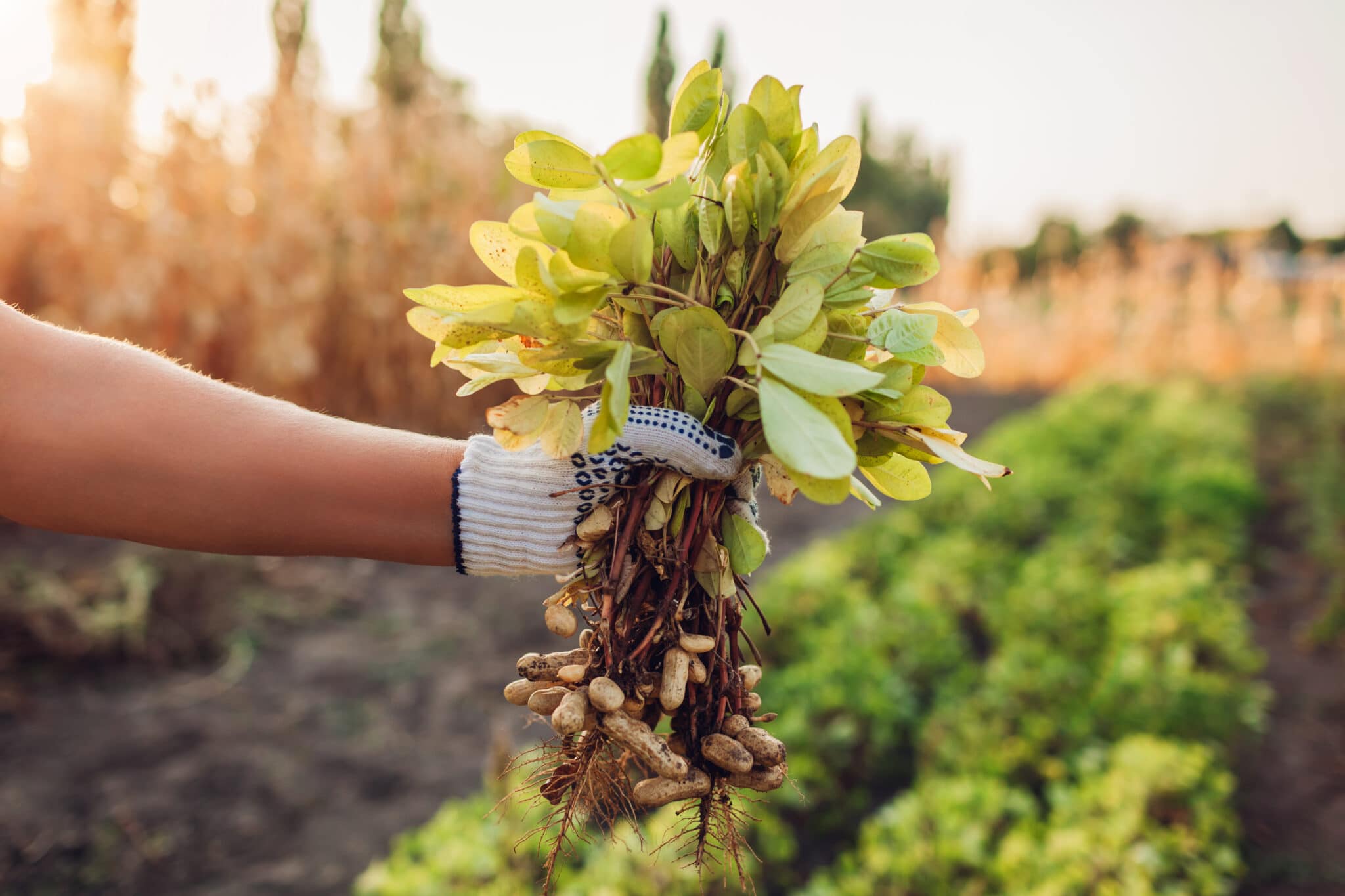Has the spring weather given you the urge to try your hand at gardening? If you’d like to plant your garden but don’t know where to start, here is a handy guide to help you.
Soil as the Bedrock of Vitality
A flourishing garden begins beneath the surface. Georgia’s diverse geography, ranging from the sandy soils of its coastal plains to the dense clay of its northern highlands, necessitates a foundational step — soil testing. You can get soil tests through extension offices or garden centers. These soil testing kits serve as the gardener’s preliminary tool.
You want to adjust the soil’s pH so that it falls between the optimal range of 6.0 to 7.0 paves the way for a lush garden.
Selecting the Guardians of the Garden
Choosing the right plants for your garden is akin to casting characters for a play, each contributing its unique charm to the garden’s story. In Georgia, the selection encompasses a variety of native flora, acclimated to the local clime, thus thriving with minimal intervention. Spring favorites such as Azaleas, Dogwood, and the revered Cherokee Rose stand as testaments to the region’s botanical heritage. For the vegetable gardener, a sequential approach is advised — beginning with cool-season crops like lettuce and radishes, and transitioning to warm-season favorites such as tomatoes and cucumbers post the last frost, choreographing a seasonal symphony of harvests.
Timing: The Gardener’s Symphony
In the anticipation of spring’s warmth, patience becomes a virtue. Despite the allure of balmy weather and the dusting of pollen, a premature start can befall the unwary gardener. Georgia’s varied landscape dictates the last frost dates, stretching from late March in the south to mid-April in the north. Vigilance in observing local weather patterns is paramount, with the transition period offering a window for indoor seed starting or the acquisition of young plants, setting the stage for a successful outdoor transplant.
The Art of Hydration
Watering, though seemingly mundane, carries the weight of a ritual in the gardening realm. The optimal dawn watering provides a dual benefit — it allows the earth to absorb moisture before the sun’s zenith and wards off nocturnal dampness, a precursor to fungal ailments. This practice not only sustains the garden’s thirst but also fortifies its health against the unseen threats of disease.
Mulch: The Garden’s Protector
A mantle of mulch serves as the guardian of moisture and temperature equilibrium within the soil. Beyond its practical benefits in moisture retention and weed suppression, organic mulches such as shredded bark or pine straw enrich the soil’s fertility as they decompose. A careful application, avoiding direct contact with plant stems, ensures the mulch’s protective role without inviting rot.
Keep Pests Away
Your garden can be compromised by the encroachment of pests and diseases. Solutions ranging from the manual removal of afflicted parts to using organic pesticides, can preserve the garden’s health. The local extension service can help you in this as well.







